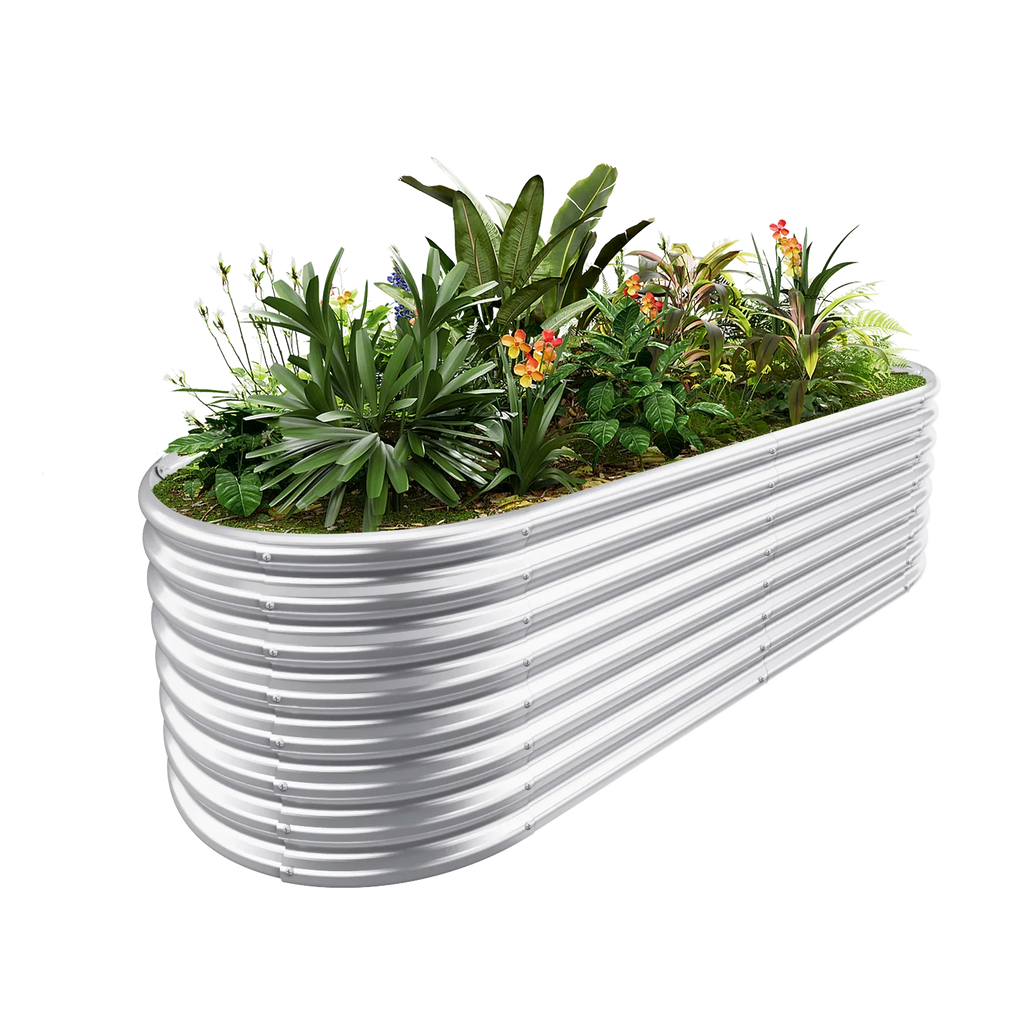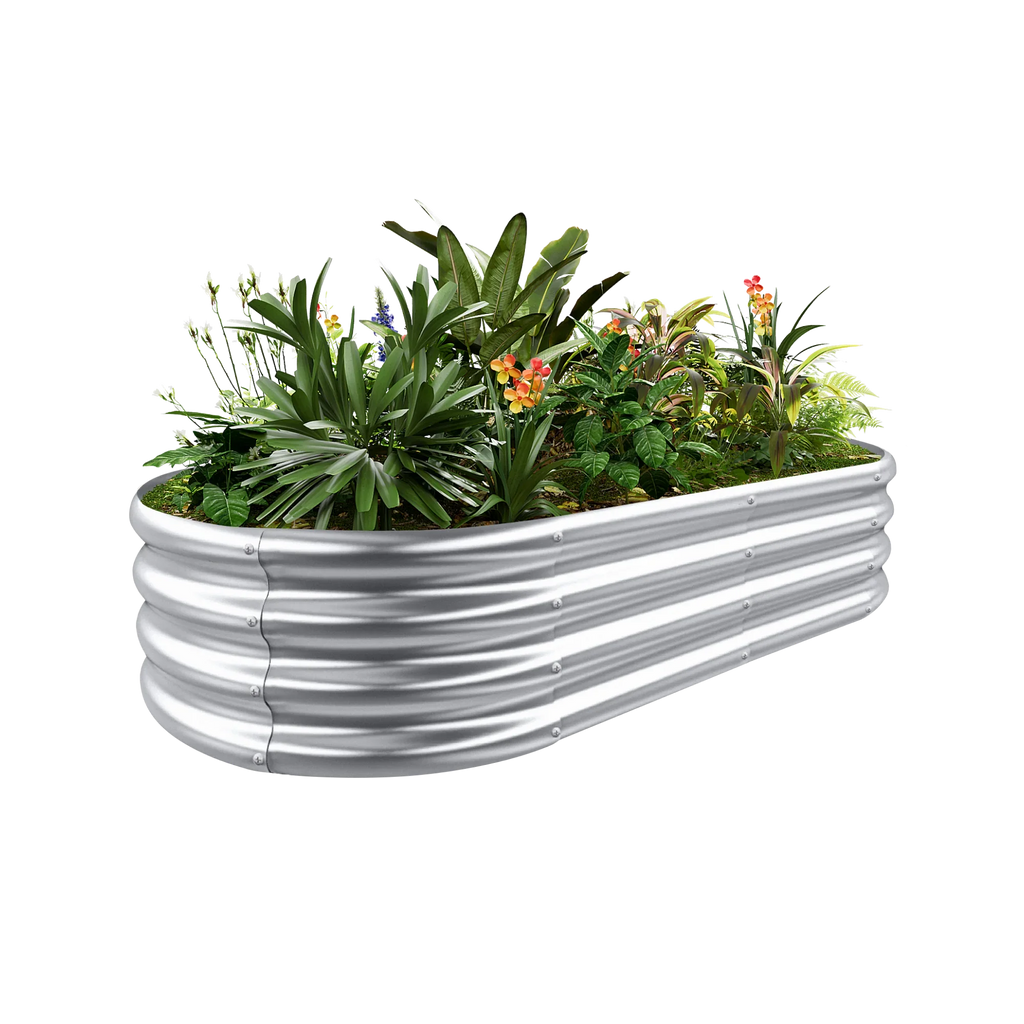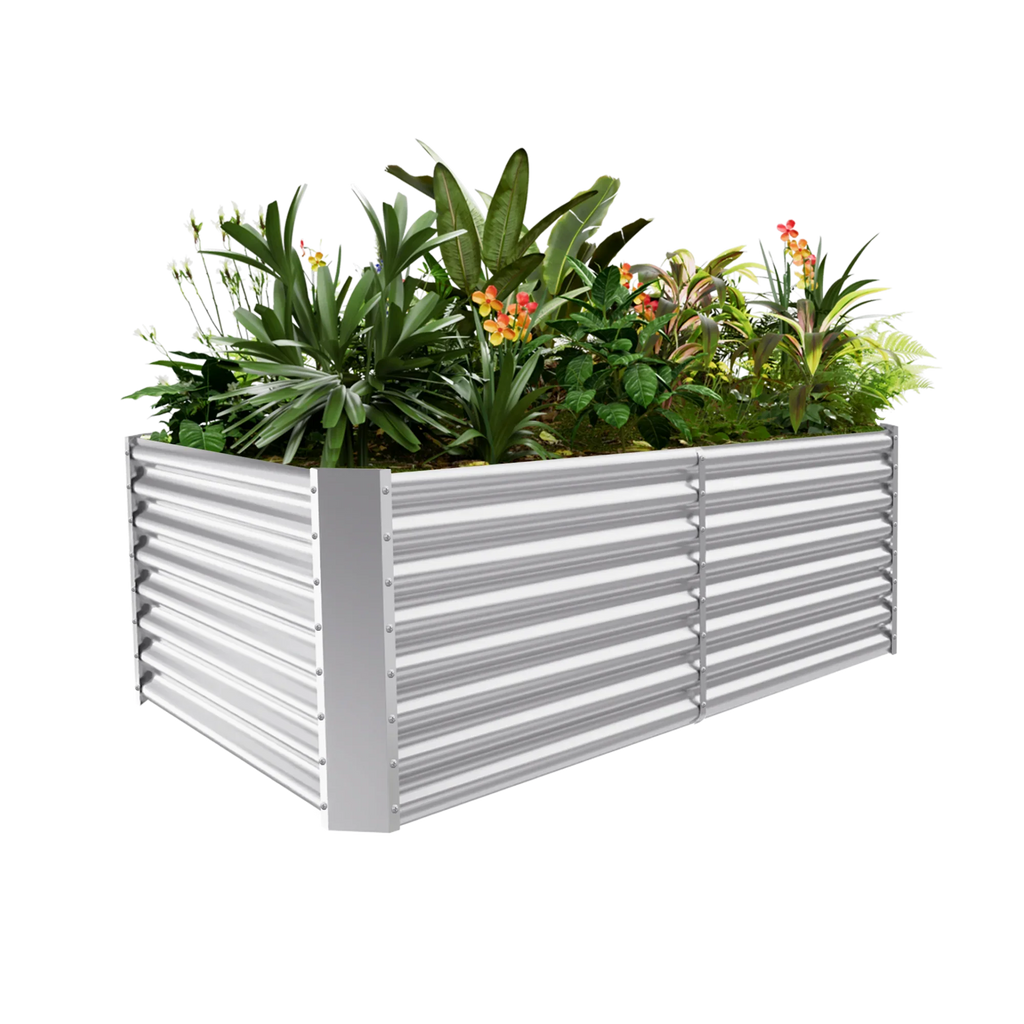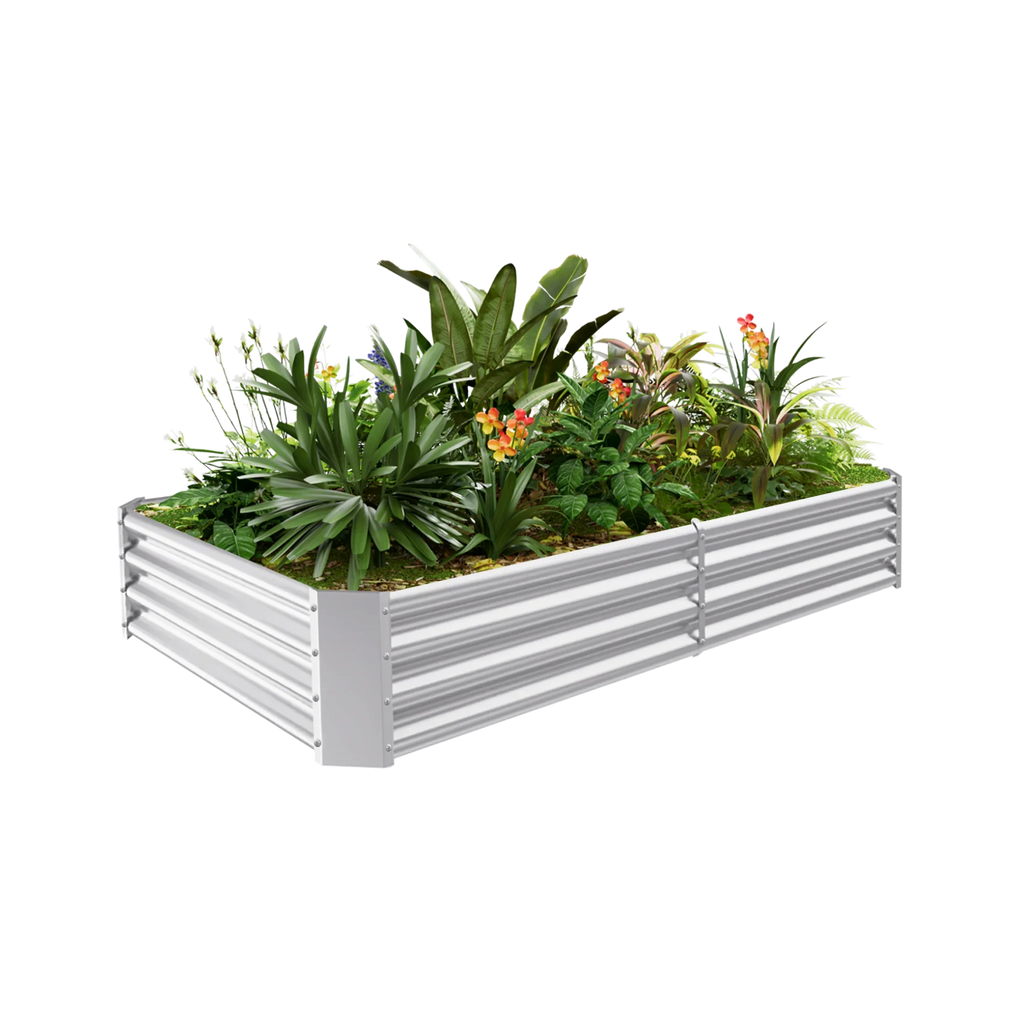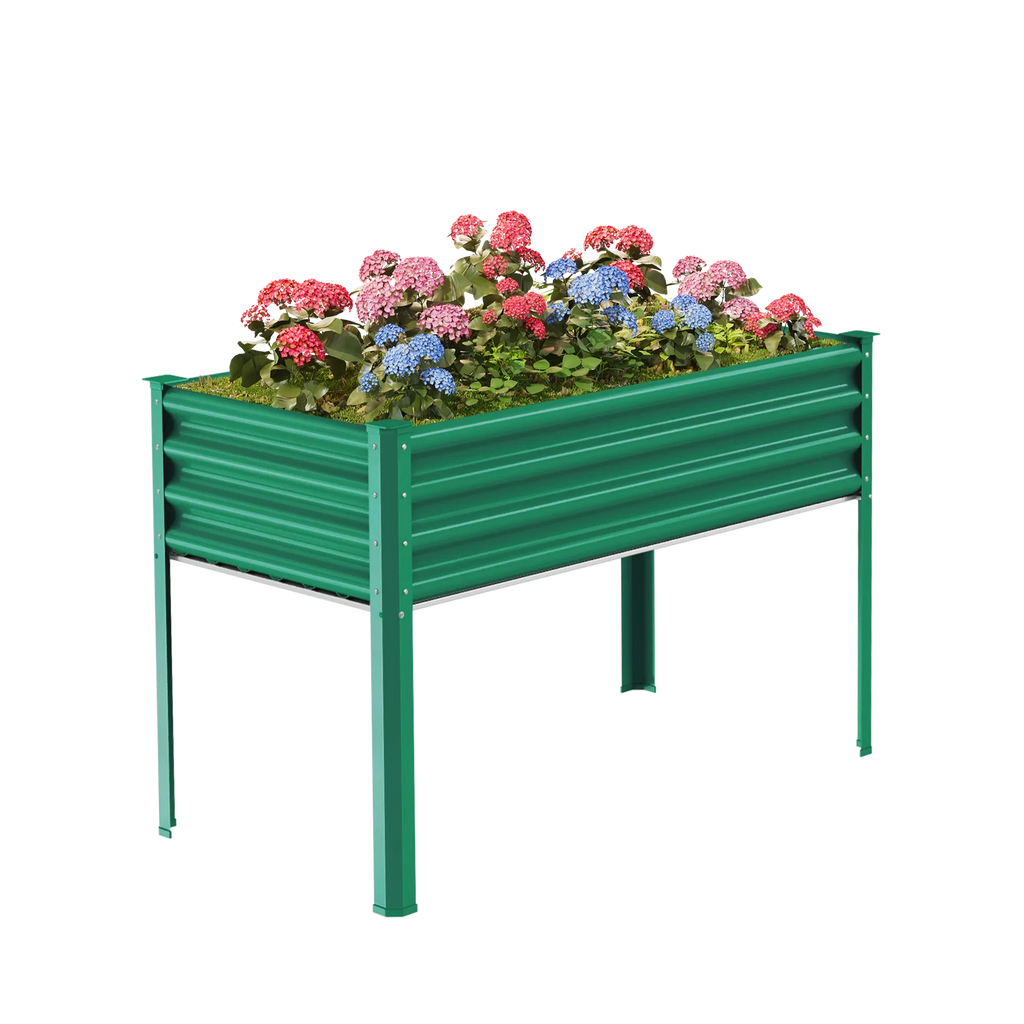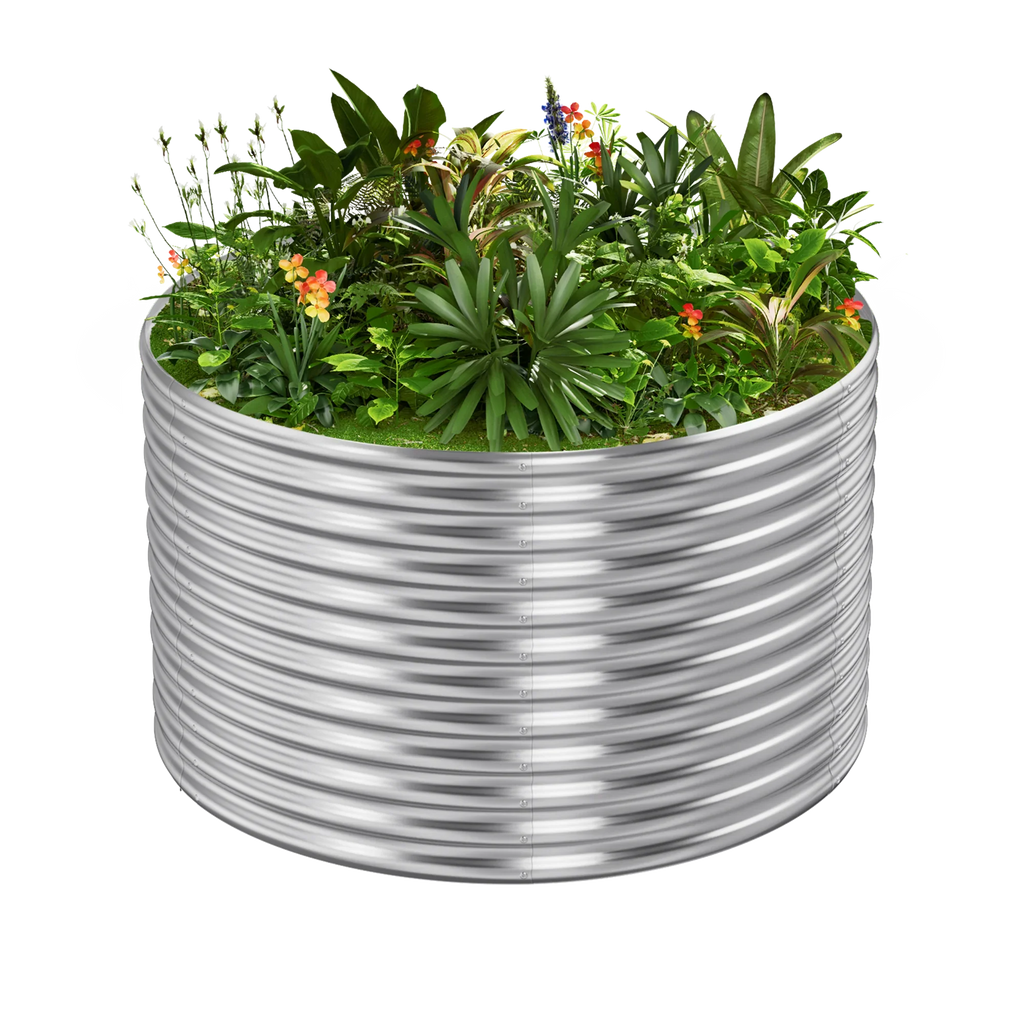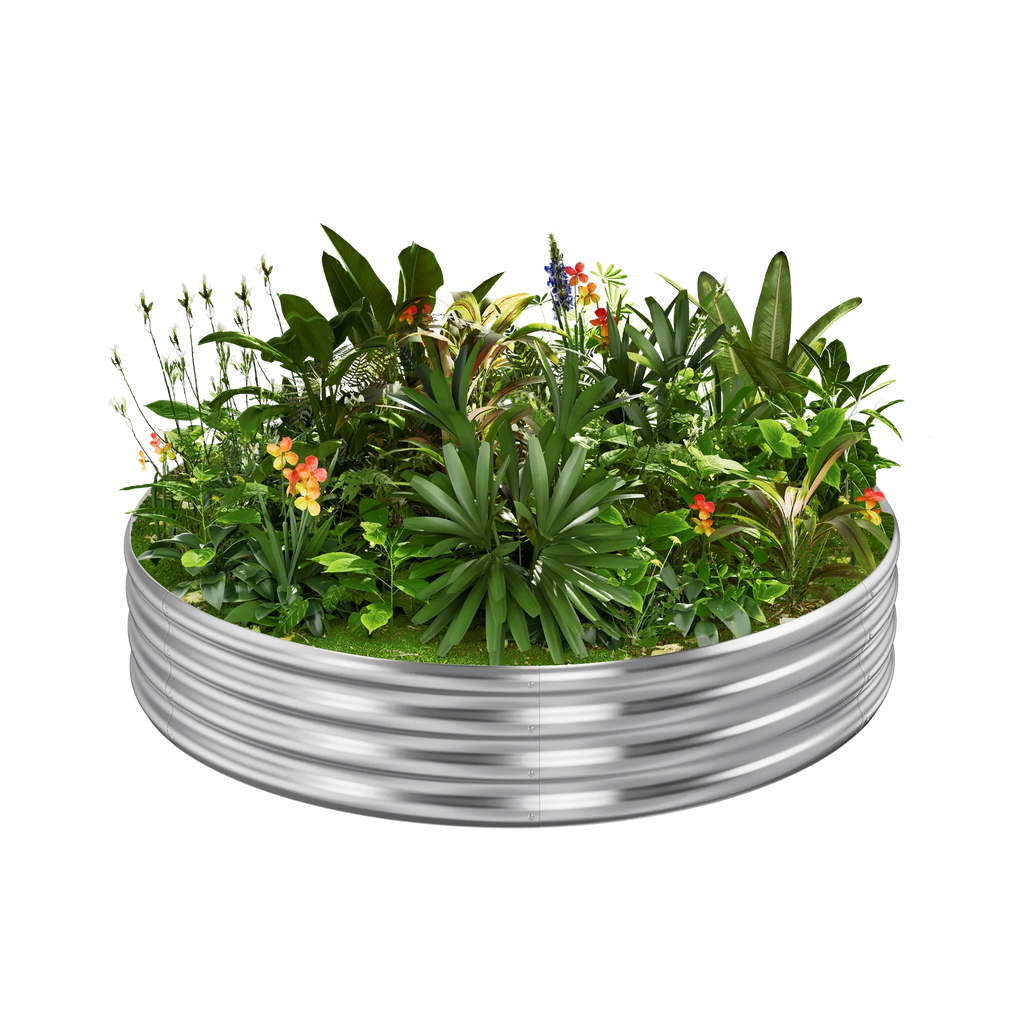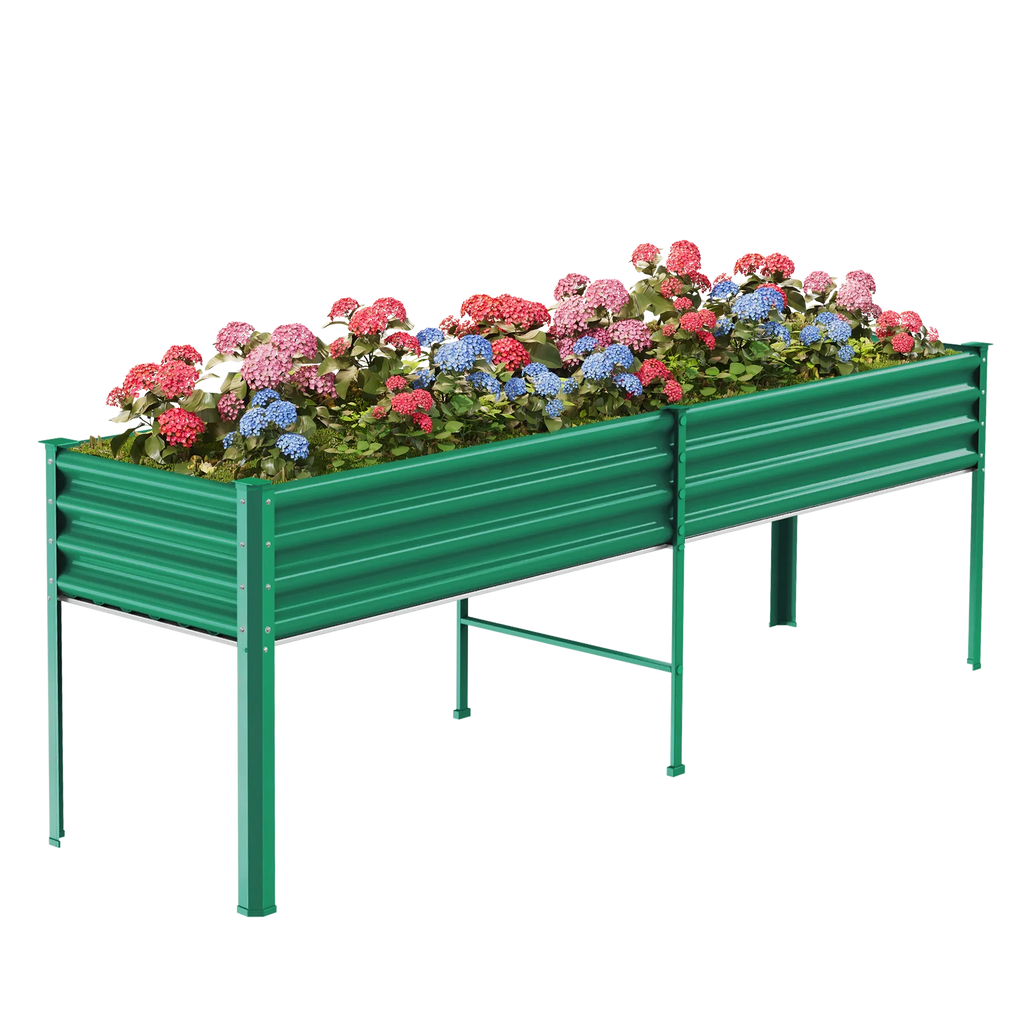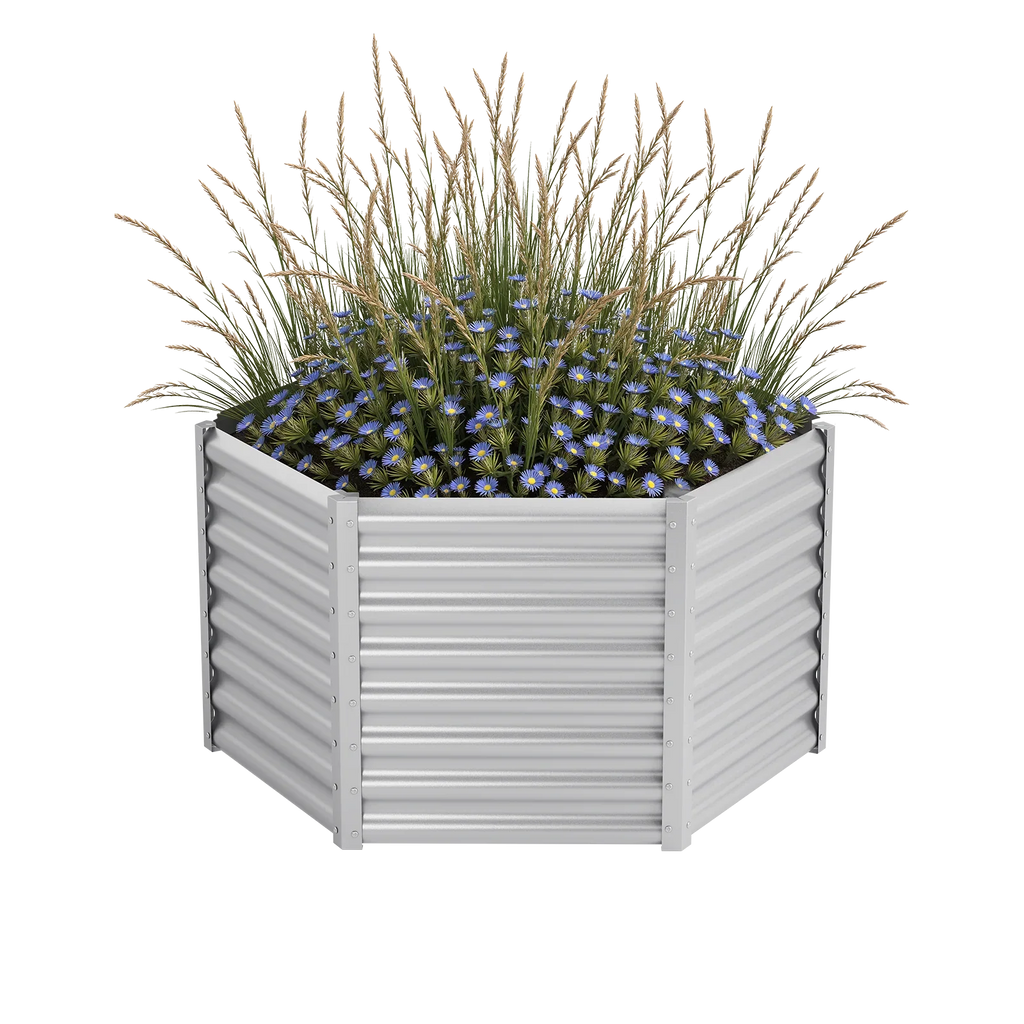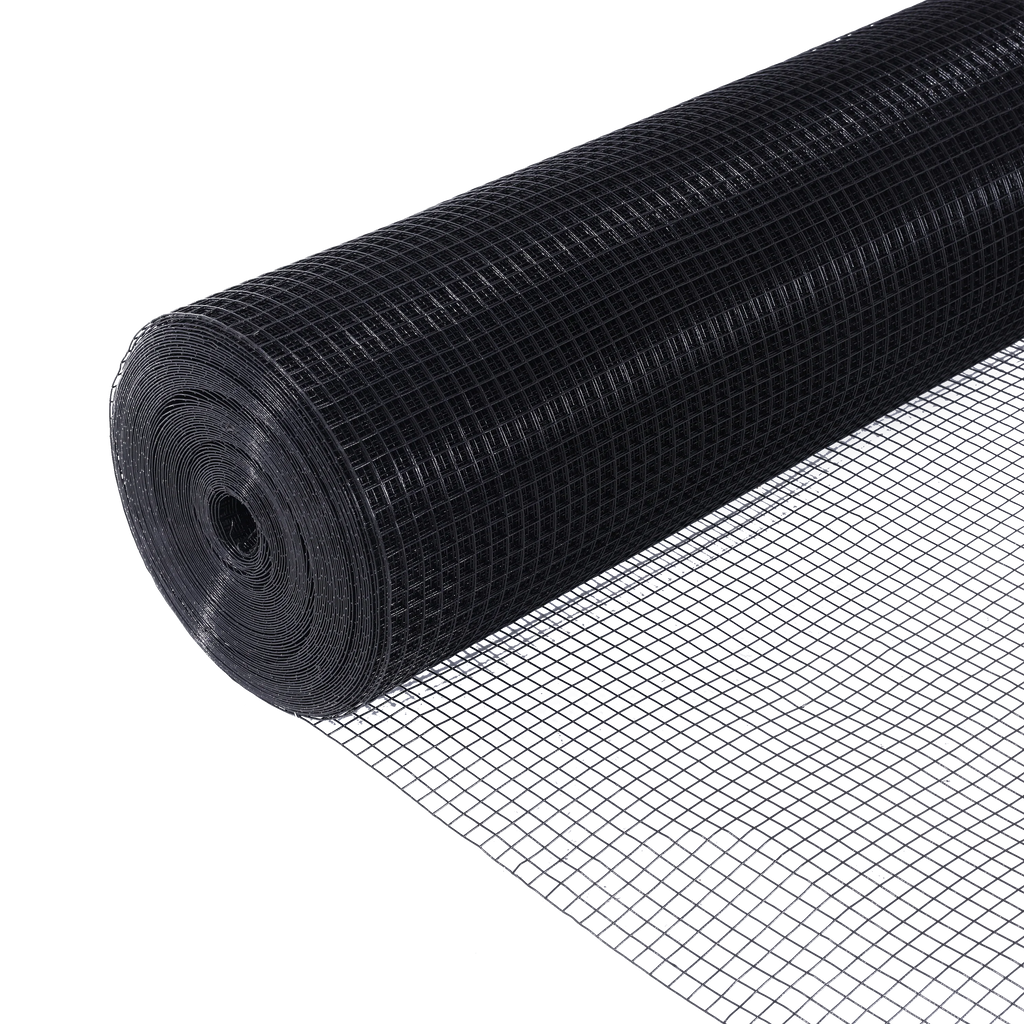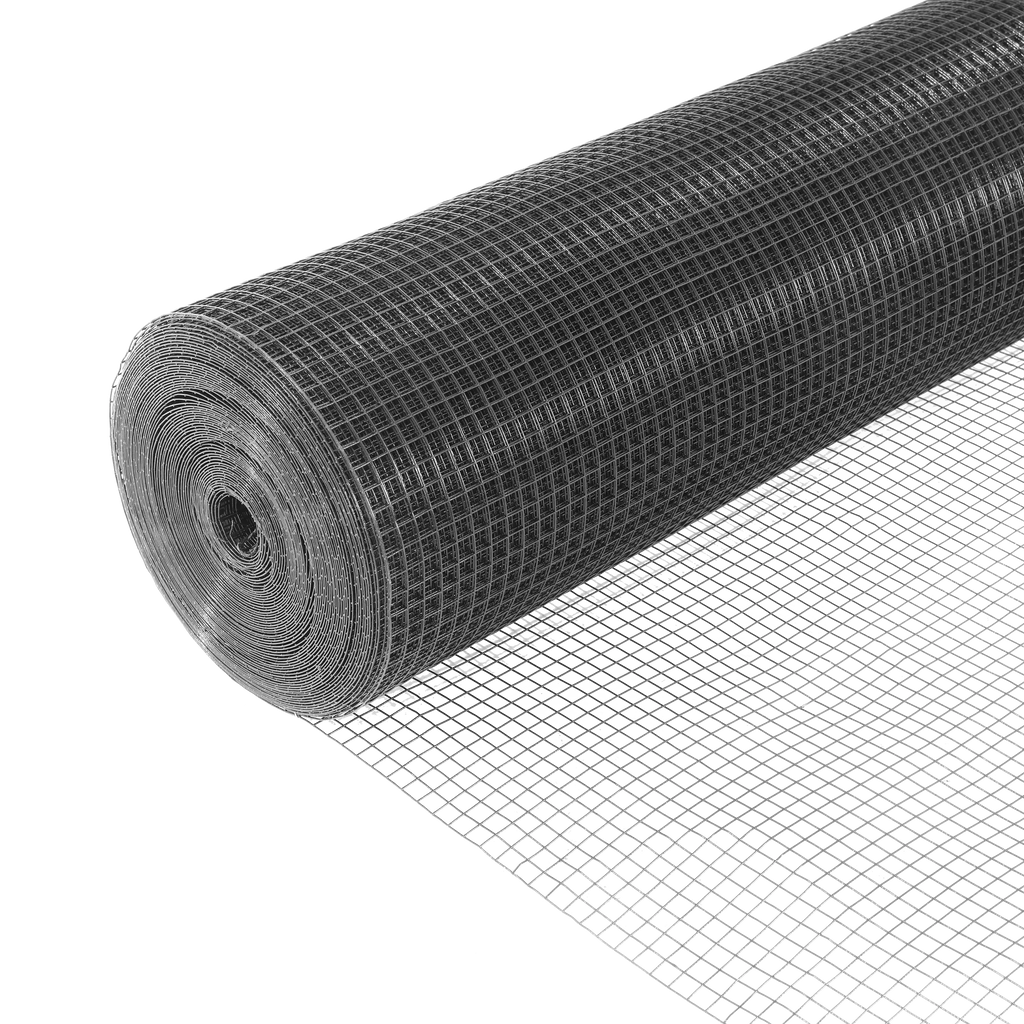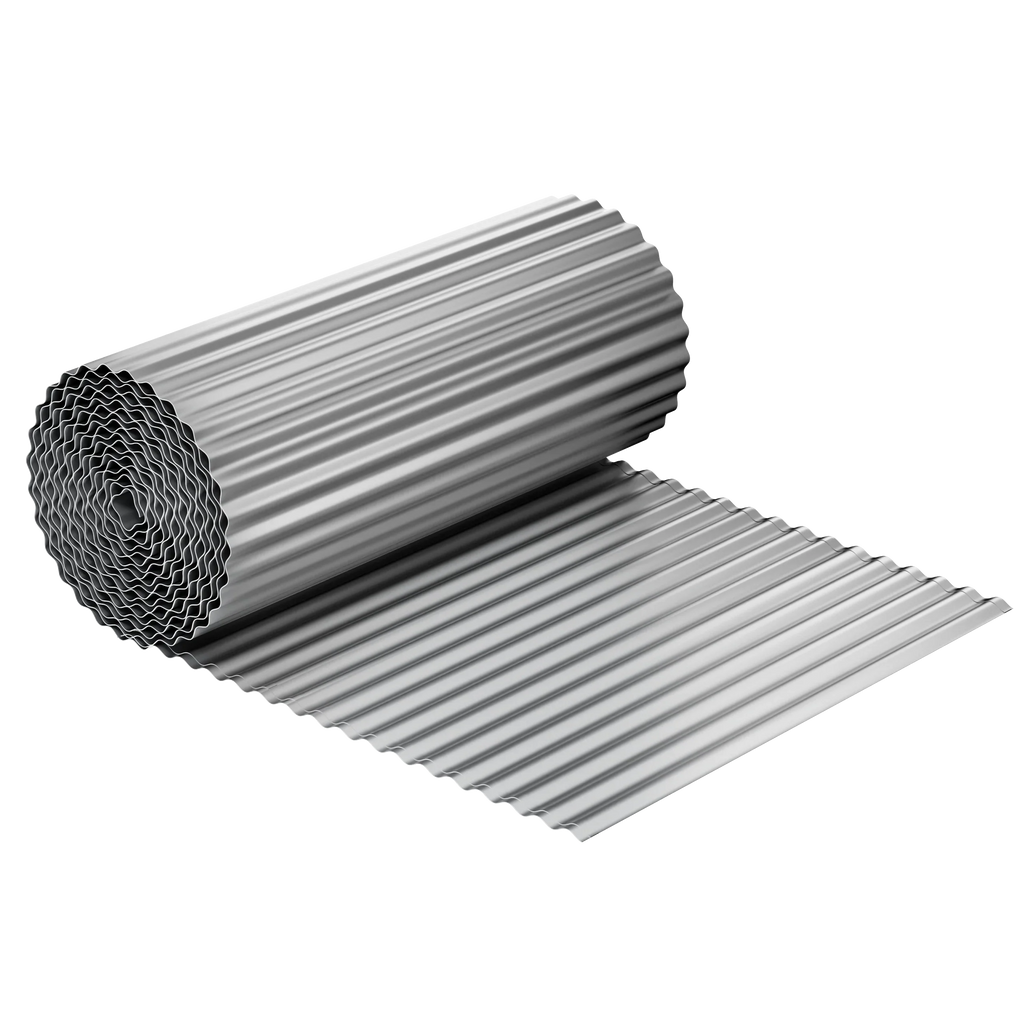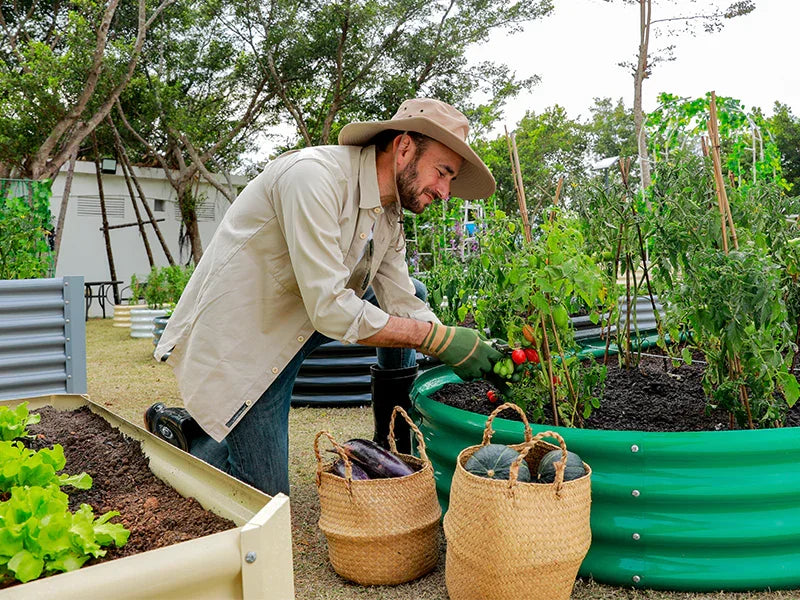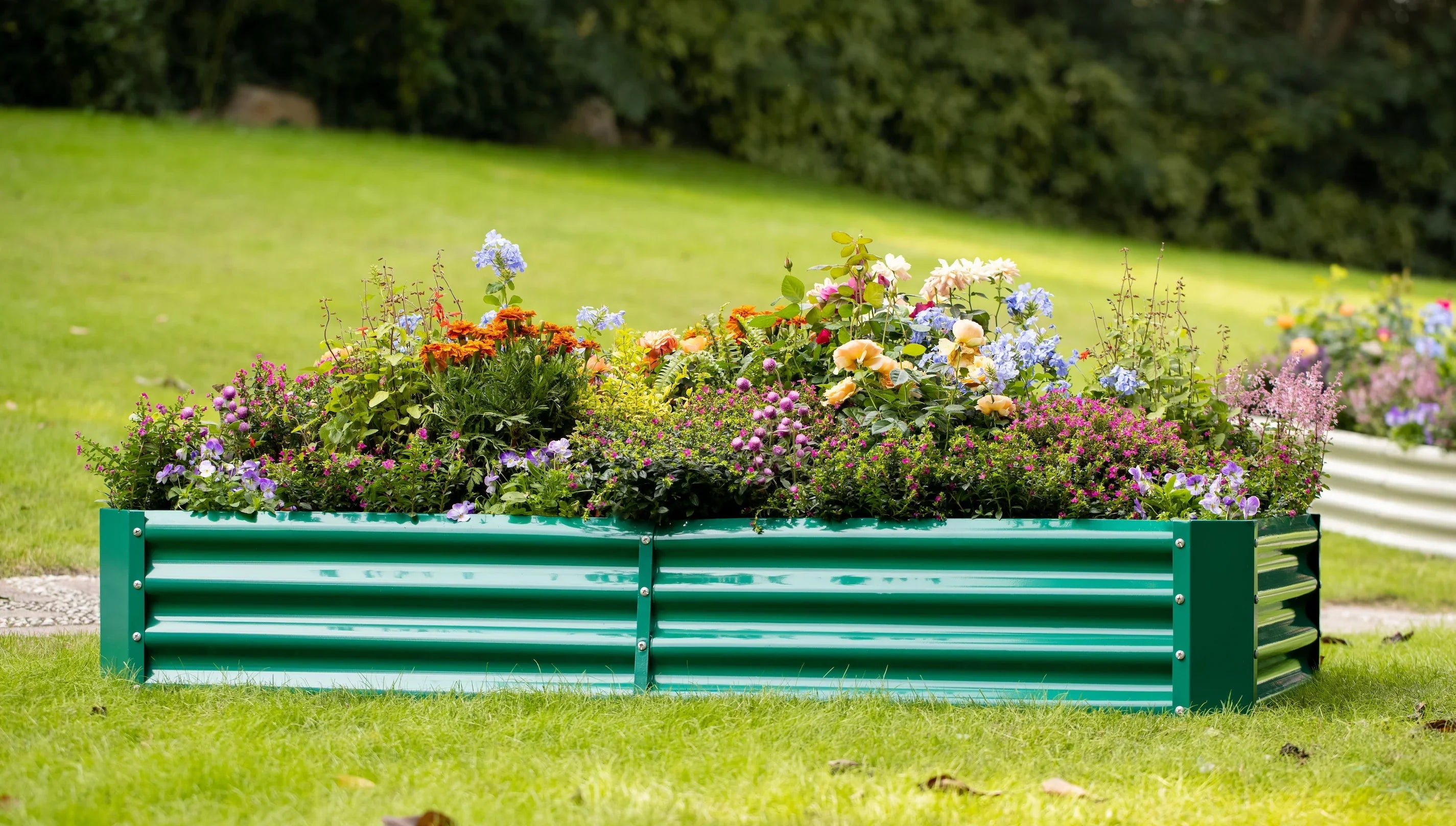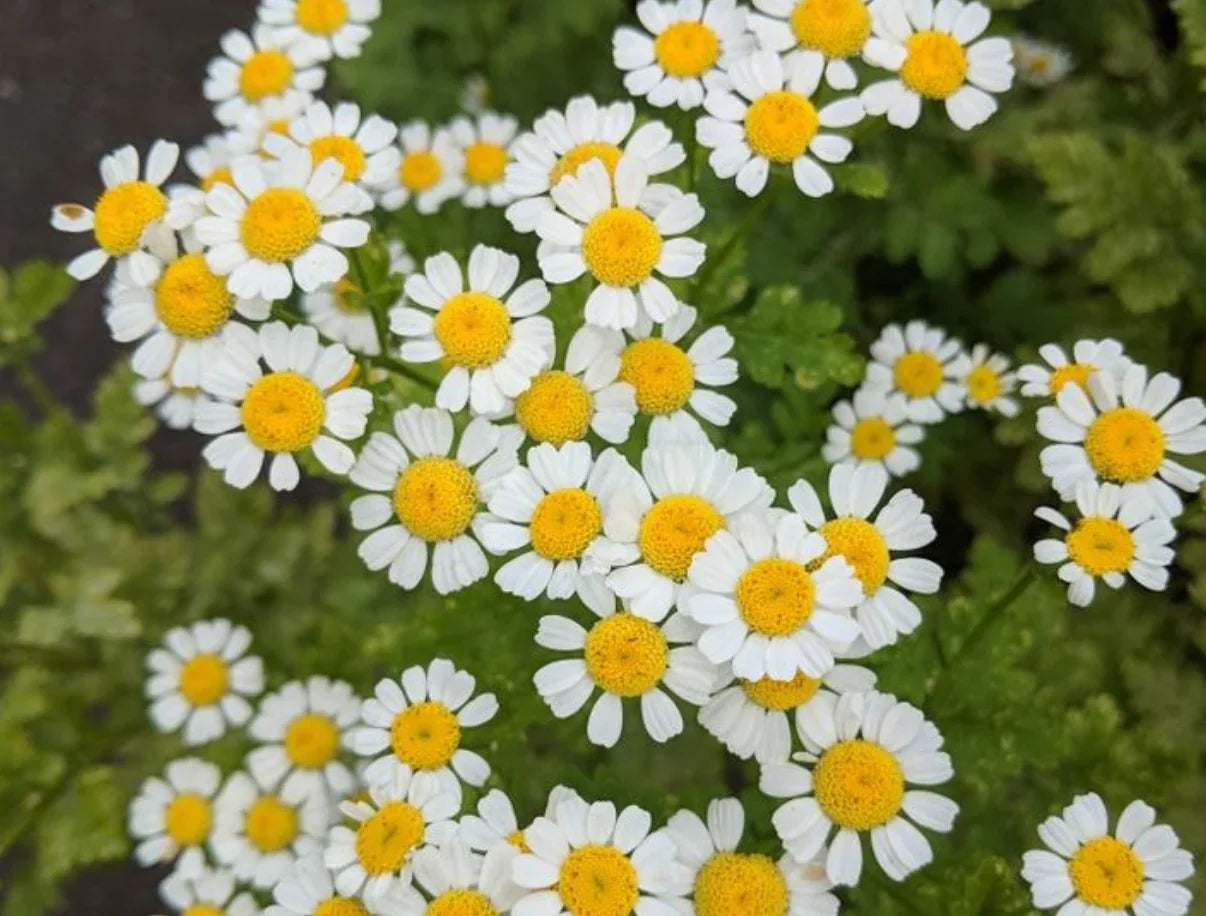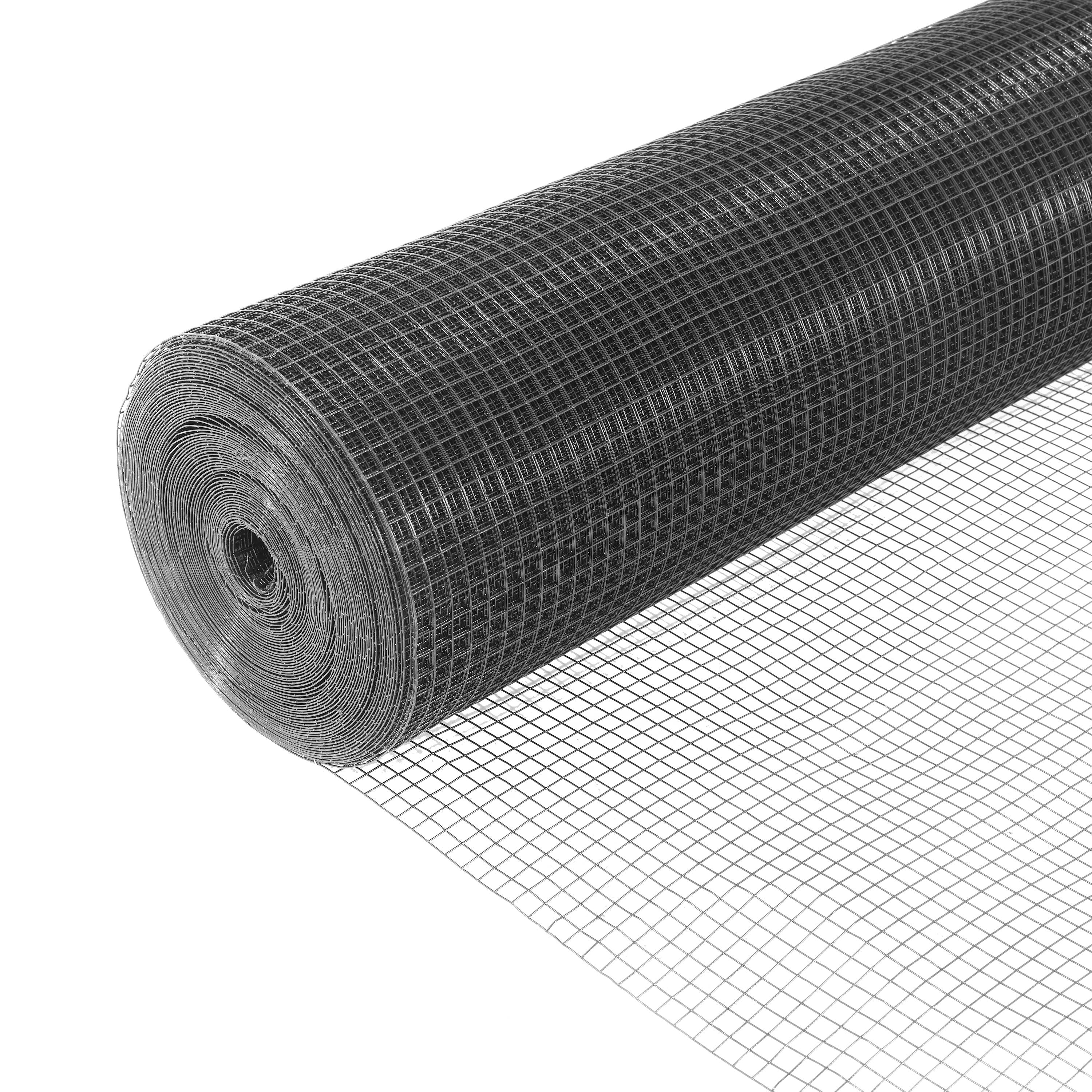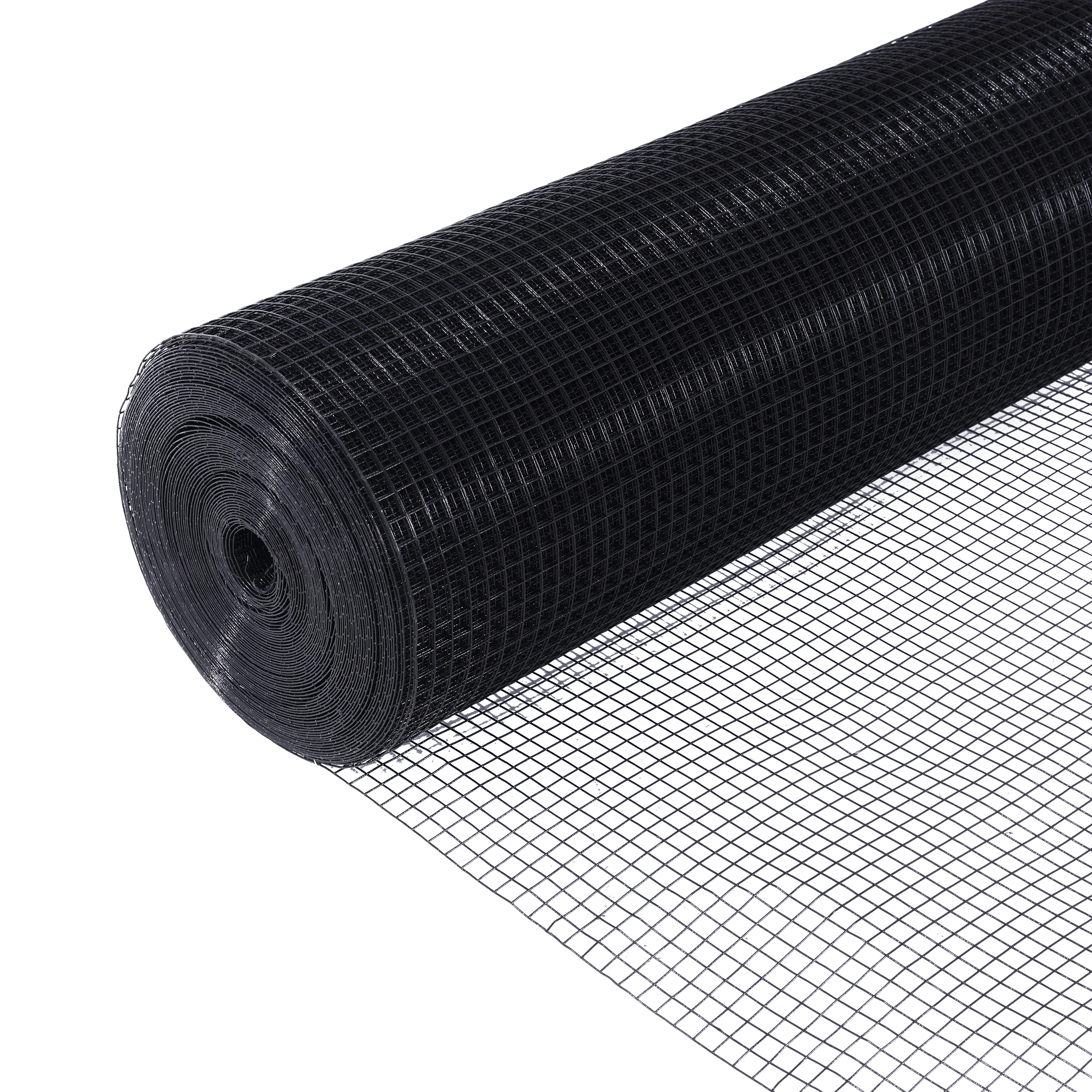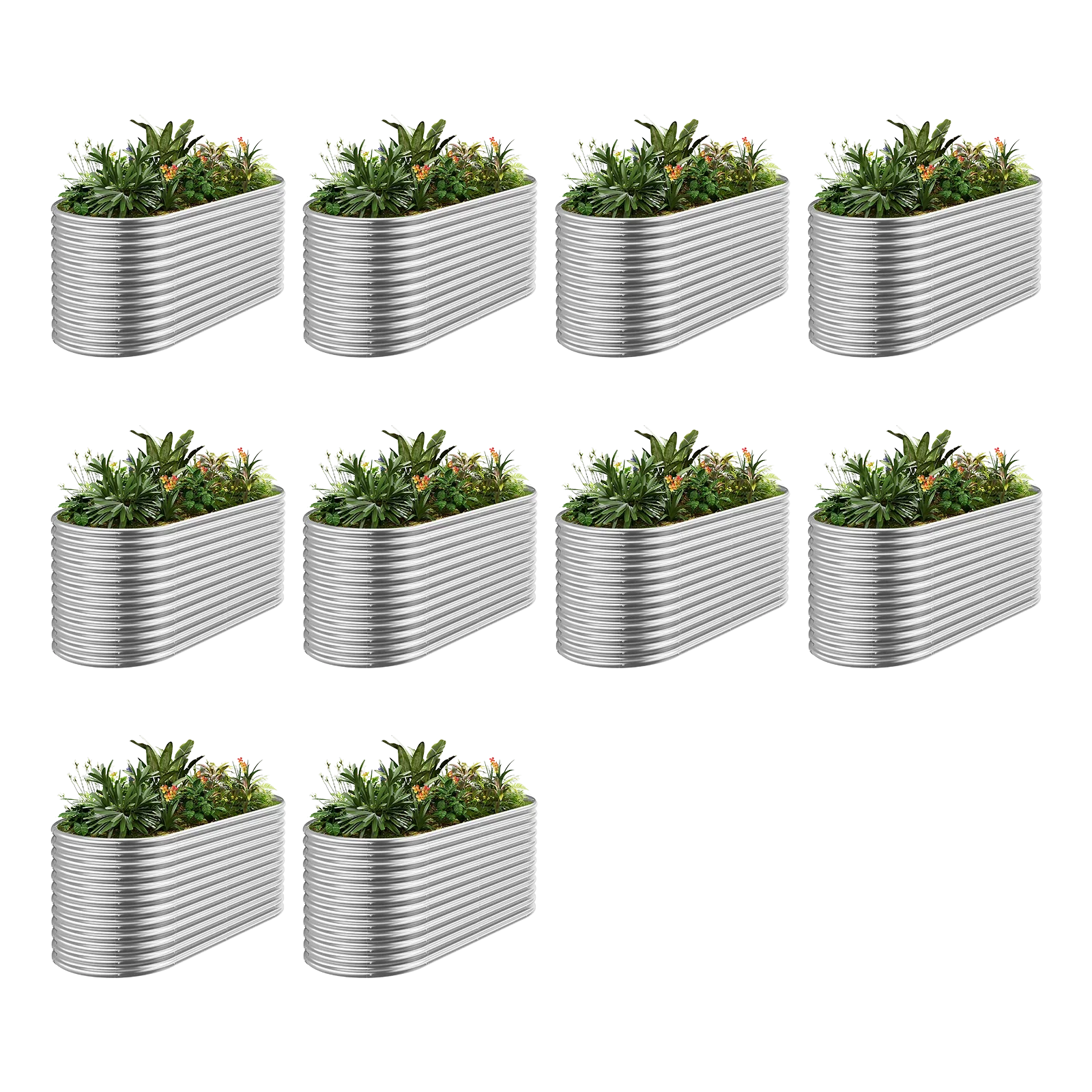When summer’s heat fades and the leaves begin to turn, many gardeners hang up their tools. This doesn't have to be the case. The end of the main growing season opens the door to a new, rewarding world of cool-season vegetable gardening. With the right techniques, you can harvest fresh produce long after the first frost.
The Benefits of Cool-Season Gardening
The benefits extend far beyond simply having food. Cooler weather fundamentally changes gardening. Insect pressure plummets as temperatures drop, meaning your kale and collards are less likely to be riddled with holes. You’ll spend less time fighting pests and more time harvesting.
Furthermore, many cool-season crops actively improve in flavor when kissed by a light frost. Plants like carrots, parsnips, and kale respond to the cold by converting starches into sugars, acting as a natural anti-freeze. This process results in a remarkably sweet and complex flavor that summer-grown versions simply cannot match. You’ll also find that fall gardening requires less intense effort. Weed growth slows significantly, and the cooler, damper weather means watering duties become far less frequent, freeing you to focus on protecting and enjoying your crops.
What to Plant for a Cold-Weather Harvest
Success in the cold months hinges on selecting the right plants. Cool-season vegetables generally fall into two categories: semi-hardy and hardy. Semi-hardy crops can tolerate a light frost (down to 29-32°F or -2 to 0°C) but will need protection during a hard freeze. Hardy crops are the true champions of the cold, capable of surviving temperatures into the low 20s (°F) or even teens (below -6°C).
Top Crops for Fall Planting
Fall planting is about timing. You are racing against the shortening days and the first hard freeze. The goal is to get plants established while the soil is still warm. This category includes fast-growers and crops you plant in autumn for a spring harvest.
- Leafy Greens: Varieties of leaf lettuce, arugula, spinach, and mâche (corn salad) grow quickly and can be harvested using the "cut-and-come-again" method, where you pick the outer leaves, allowing the center to continue producing.
- Quick Roots: Radishes, especially daikon or winter varieties, and turnips can be sown in late summer or early fall and will mature perfectly in the cool, moist soil.
- Overwintering Alliums: Garlic and shallots planted in mid-autumn use the winter to establish strong root systems before exploding with growth in the spring.
Hardy Crops for Winter Growing
For harvesting through the winter, you need the toughest crops available. These are typically planted in mid-to-late summer to reach near-maturity by the time deep cold arrives.
The brassica family reigns supreme here. Kale, especially an oval bed full of Lacinato or Siberian types, is famously resilient and tastes sweeter after a frost. Collard greens are similarly tough. Brussels sprouts are a classic winter vegetable; the sprouts develop up the stalk and can be harvested one by one, often right through snow.
Leeks and parsnips are essential. These hardy vegetables can be left in the ground and harvested as needed. In fact, many gardeners swear that parsnips are not worth eating until they have experienced several hard frosts. Swiss chard is another resilient green; while its leaves may die back in a hard freeze, the crown often survives to send up new growth during mild spells or in early spring.
Setup for a Successful Cold-Weather Garden
A successful winter garden starts with a clean and well-prepared fall garden. You cannot simply leave summer’s mess and hope for the best. Transitioning the space is a critical first step.
Essential Soil Preparation
Start by clearing out the remnants of your summer garden. Spent tomato vines, squash plants, and corn stalks can harbor pests and diseases that are happy to overwinter. Get them into the compost pile (if healthy) or dispose of them. Once the space is clear, the next priority is replenishing the soil. Summer crops are heavy feeders and likely depleted the available nutrients.
This is the time to add generous amounts of compost, well-rotted manure, or other organic amendments. Unlike spring, where you might worry about "hot" manure burning seedlings, fall application gives the amendments time to integrate and cure over the winter. Gently work these into the top few inches of soil. Finally, apply a thick layer of mulch (like straw, shredded leaves, or wood chips) after planting your fall crops. Mulch insulates the soil, prevents erosion from winter rains, and suppresses weeds.
The Role of Raised Beds and Containers
Cool, wet weather makes good drainage paramount. Soggy soil is a death sentence for most plants in winter. This is where raised beds truly shine. By elevating the garden, you ensure that excess water drains away, preventing root rot. The soil in raised beds also tends to warm up faster on sunny days, which can give plants a welcome boost.
Many gardeners prefer the ergonomics and control of oval raised garden beds, which offer ample planting space while allowing easy reach from all sides. A deep oval garden bed is particularly useful for root crops like carrots or parsnips that need space to develop. Whether you build a simple square frame or choose a pre-fabricated set of oval garden beds, the elevation and drainage are key. Containers are another excellent option, especially for gardeners with limited space, but a sturdy oval raised garden bed provides the most space and insulation for roots.
Season Extension Techniques
While hardy plants can take a lot of punishment, they still benefit from a little help. The goal of season extension is to create a microclimate that shields plants from the harshest elements: frost, freezing wind, and heavy snow.
Simple Protective Covers
For light frosts or to add a few degrees of protection, simple covers are highly effective.
- Floating Row Covers: These are lightweight, permeable fabrics that are draped directly over plants or supported by small hoops. They provide 2-8°F of frost protection, block wind, and deter pests, all while allowing light, air, and water to pass through.
- Cloches: A cloche is a small, bell-shaped cover (traditionally glass, but often plastic) used to protect a single plant. You can make your own by cutting the bottom off a plastic milk jug.
- Protective Mulching: This is the best defense for root crops. After the first light frost, apply a very thick layer of straw or shredded leaves (6-12 inches) over your carrots, parsnips, and leeks. This insulates the ground, keeping it from freezing solid so you can harvest.
Cold Frames and Hoop Houses
To grow tender greens deep into winter, you need to trap solar energy. A cold frame is a miniature, unheated greenhouse. It’s a bottomless box, often with a sloping, transparent top (like an old window), that traps solar heat and protects the plants inside.
Hoop houses are larger tunnels made by stretching greenhouse plastic over a series of hoops. A hoop house can turn your garden into a three-season or even four-season operation. It is often easier to build a hoop house over defined raised beds.
Frost and Freeze Protection Strategies
There is a difference between a light frost (which sweetens crops) and a hard freeze (which can kill them). When a hard freeze (below 28°F / -2°C) is in the forecast, it's time to act.
For plants in the ground, cover them with old blankets, sheets, burlap, or heavy-duty row covers in the late afternoon. The goal is to trap the earth's residual heat. Be sure to remove the covers in the morning so the plants can get sunlight.
Cold-Weather Garden Maintenance
Once your garden is planted and protected, your maintenance routine changes significantly.
Smart Watering in Cooler Months
Watering in fall and winter is a balancing act. Plant growth slows, and evaporation is minimal, so plants need significantly less water. The most common mistake is overwatering, which leads to rot.
Always check the soil before watering. Stick your finger two inches deep; if it feels moist, wait. When you do water, do so in the morning. This gives the plant foliage time to dry before nightfall, reducing the risk of fungal diseases and preventing ice from forming on the leaves. Raised beds and containers may dry out faster than in-ground gardens, so monitor them, but the "check first" rule always applies.
Fall Companion Plants
Companion planting principles still apply. Aromatic herbs like sage, rosemary, and thyme are hardy and can help deter some pests that may still be active, such as aphids. Planting fast-growing radishes alongside spinach can be beneficial; the radishes break up the soil and are harvested before the spinach needs the extra space. Nasturtiums, while not frost-hardy, can be planted as a "trap crop" in early fall; aphids will flock to them, keeping them off your valuable brassicas.
Common Pests and Diseases
Your new primary enemy is often slugs and snails. They adore the cool, damp conditions of autumn. They hide under mulch and containers during the day and come out at night to chew holes in tender lettuce and seedlings. Use slug traps or go out at night with a flashlight to hand-pick them.
Also, aphids can be a problem, especially in a cold frame or hoop house that is meant to keep plants safe. They can be killed with a strong spray of water or insecticidal soap. Fungal diseases, like powdery mildew, which grow best in cool, damp, and still places, are the other main threat. Don't crowd your plants; that's the best way to keep them from getting sick. Make sure there is enough air flow, and water the plant at the earth level, never on the leaves.
Harvest Strategies and Indoor Options
The reward for your efforts is harvesting fresh, vibrant food when others are buying it from a store. But harvesting in the cold, and supplementing that harvest, has its own set of rules.
Harvest Tips for Cool-Season Crops
For leafy greens like kale, chard, and lettuce, use the "cut-and-come-again" method. Harvest only the outer, mature leaves, leaving the central bud and new growth untouched. This can provide you with a continuous supply from the same plants for months.
When harvesting root crops from under their mulch blanket, be gentle. A garden fork is better than a spade to avoid slicing them. Only pull what you need for the next few days, and then carefully replace the mulch to protect the remaining crop. For Brussels sprouts, twist the sprouts off the stalk starting from the bottom and working your way up.
The "Don't Pick Frozen" Rule
This is a critical tip for cold-weather harvesting. Never try to harvest frozen greens. If you go out and your kale is stiff and icy, leave it alone. Attempting to pick it will shatter the leaves, turning them to mush when they thaw.
Indoor Gardening Ideas
When the weather outside is simply too severe, or if you don't have outdoor space, you can bring the garden inside.
The easiest and fastest option is growing microgreens. These are vegetable greens (like broccoli, radish, or sunflower) harvested just after the first true leaves have developed. They are packed with nutrients and can be grown on a sunny windowsill in a shallow tray in just 1-3 weeks. Sprouting is even simpler and requires no soil or light. Mung beans, alfalfa, and lentil sprouts can be grown in a jar on your kitchen counter. Finally, many hardy herbs like rosemary, thyme, and sage can be grown in pots on a bright, south-facing windowsill through the winter.
Your Year-Round Harvest Awaits
Fall and winter gardening transforms your relationship with the seasons, proving that the harvest doesn't have to end with summer. It’s a quiet, peaceful, and productive way to stay connected to your food source. With a little preparation and the right setup, perhaps using efficient oval beds or an oval raised garden bed, you can enjoy the crisp, sweet taste of fresh produce even as the snow falls.






